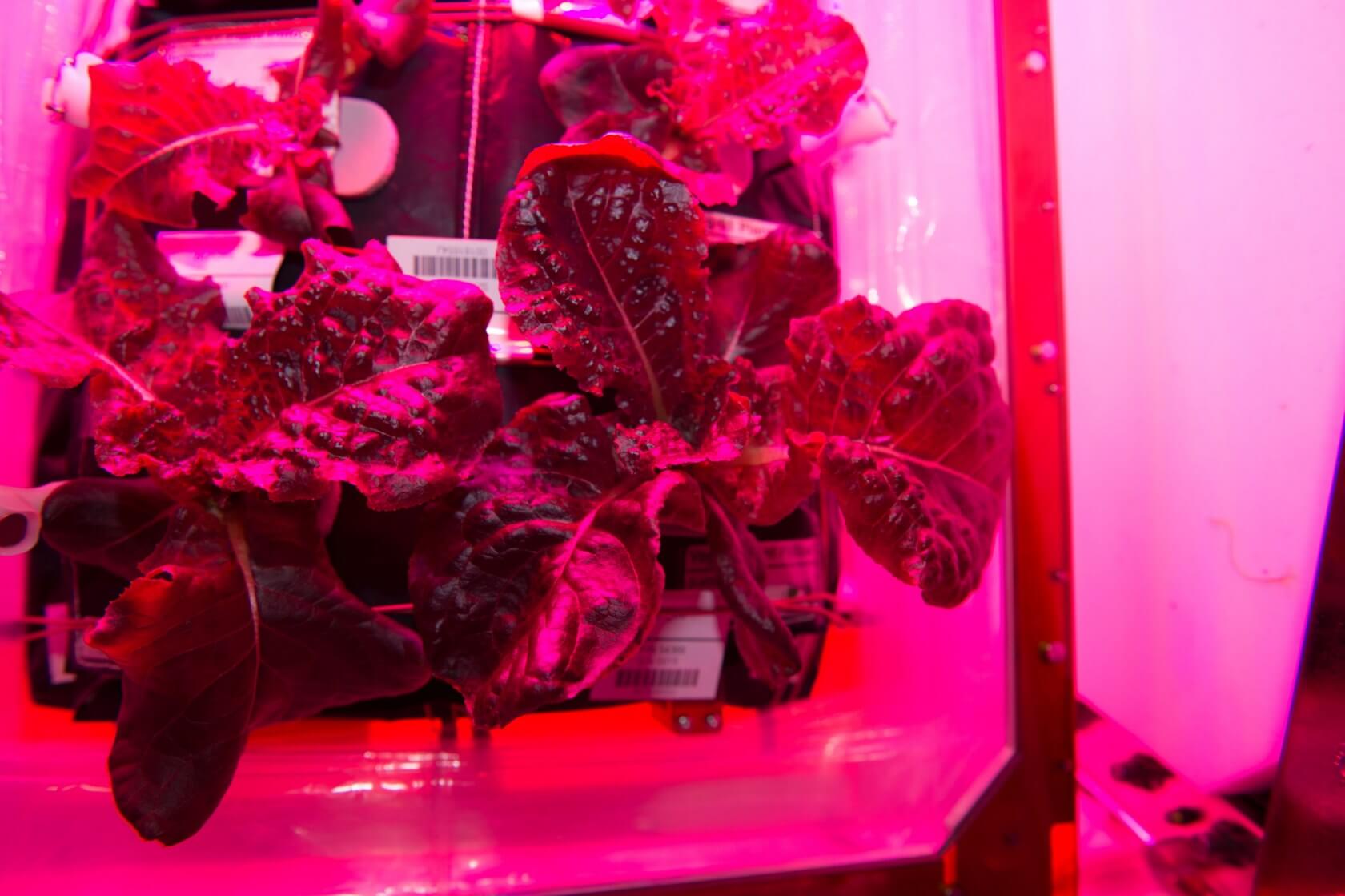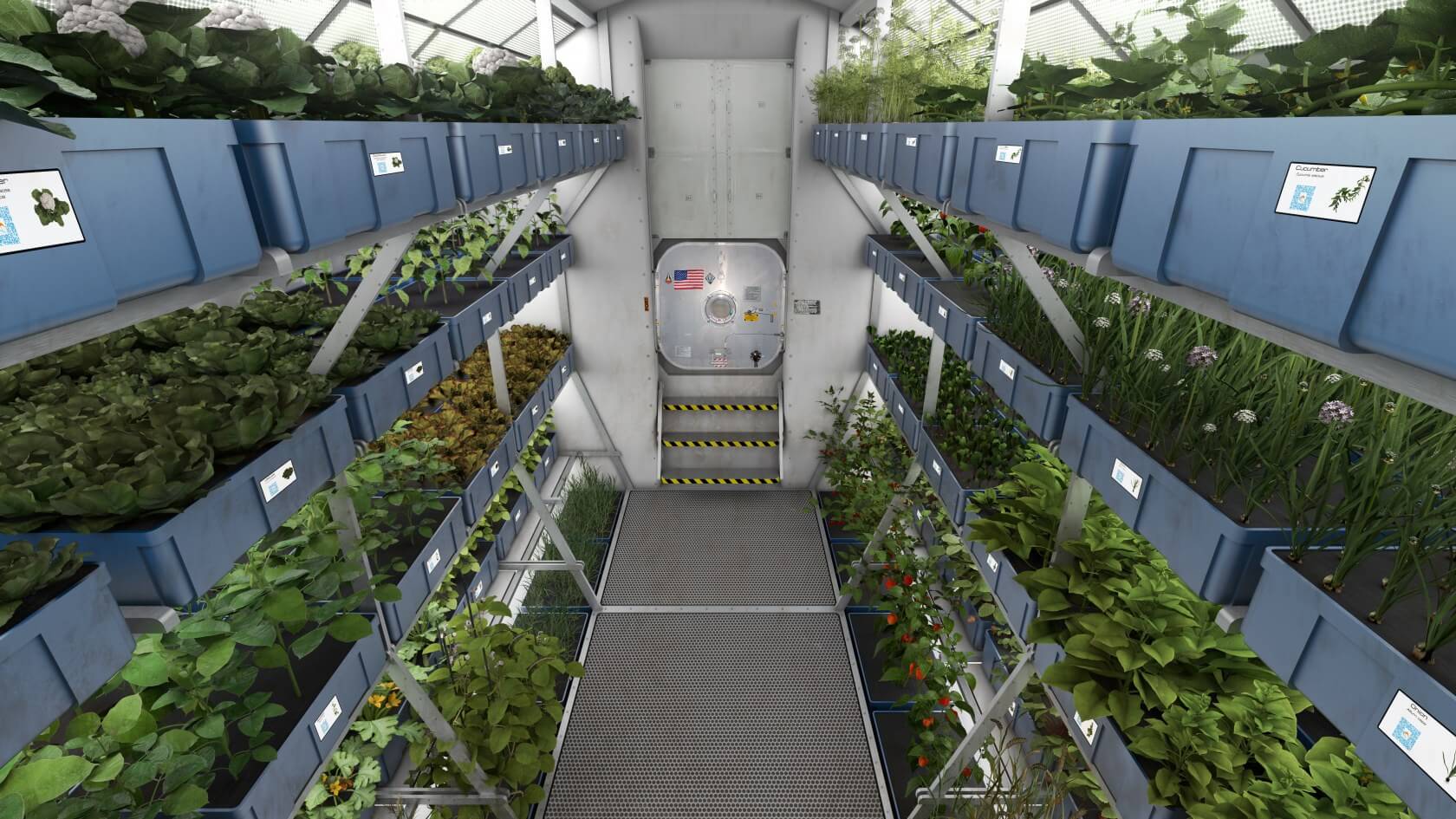Futurology: Back in 2015, astronauts aboard the International Space Station ate the first-ever lettuce grown in space. It was quite an accomplishment for humanity, and it reinforced beliefs that humans could one day live among the stars. Today, we've hit another, smaller milestone related to that five-year-old achievement: researchers have concluded that space-grown lettuce is just as nutritious as its Earth-grown counterpart.
This may seem like a minor development, but it proves that vegetables don't necessarily need to have access to the same conditions they have on Earth to thrive. Even without sunlight, fresh soil, and other natural resources, the red lettuce grown on the ISS had roughly the same level of nutrients you'd expect to see in produce purchased from a local grocery store; albeit with some additional microorganisms (which were perfectly safe to consume).
This is significant news for NASA and other space organizations that hope to send humanity to the Moon and Mars one day. Of course, right now, growing lettuce on the ISS isn't all that critical. While the fresh food is probably a welcome addition to the diet of the station's inhabitants, supply flights to and from the ISS happen pretty frequently. As such, ISS dwellers probably won't run the risk of running low on pre-packaged food anytime soon.

However, these pre-packaged meals could prove less practical for longer, deep-space missions. As the authors of this study (Christina Khodadad and Gioia Massa) explained to Newsweek, pre-packaged food can lose its nutritional value over time. Fresh-grown lettuce (and, eventually, other vegetables) could be a lifesaver in those situations.
We look forward to seeing this space plant growth technology evolve over the next few years. Perhaps astronauts will someday grow plants with even more nutritional value than the ones we buy here on Earth – only time will tell.
